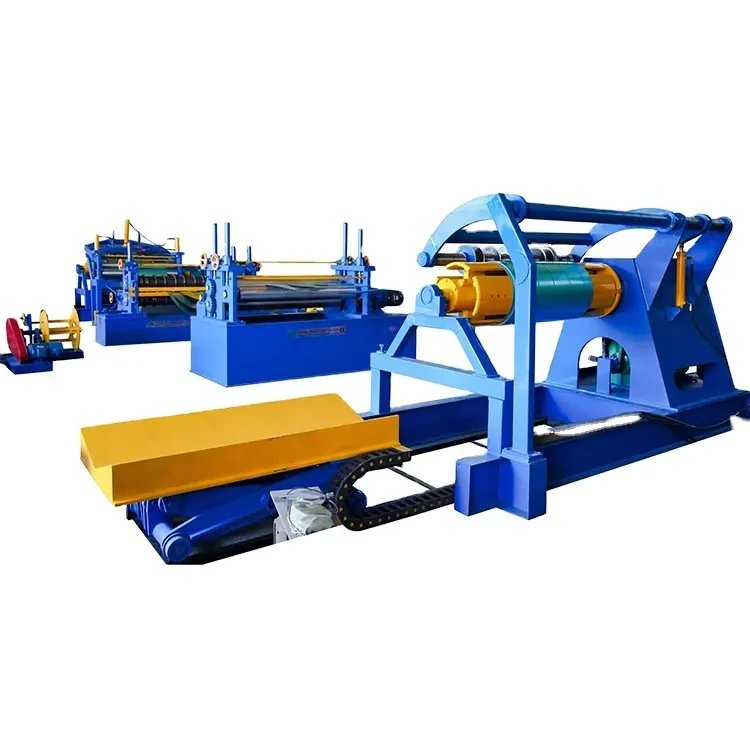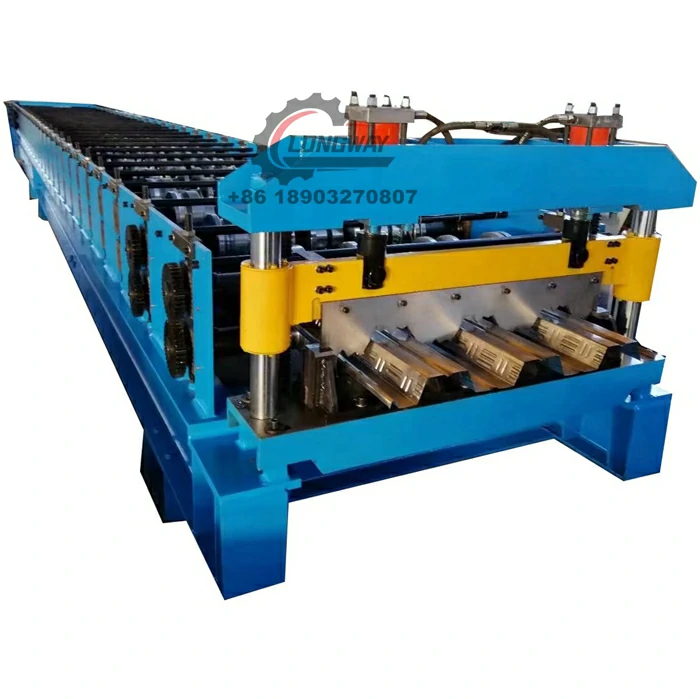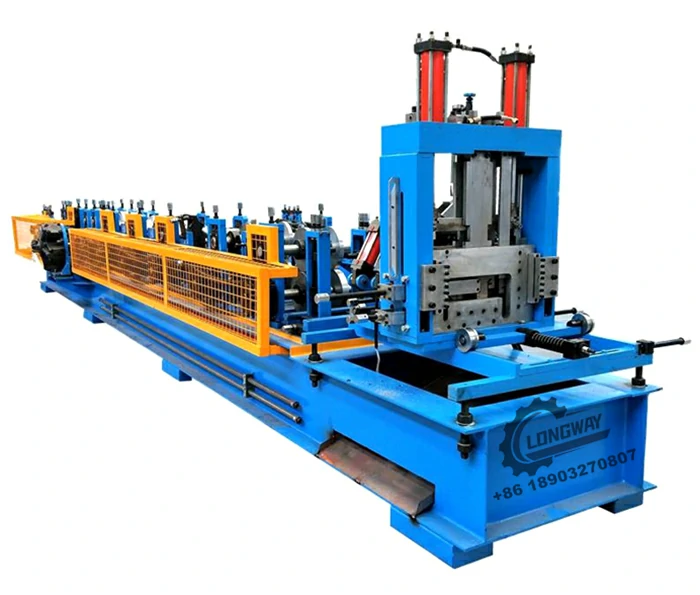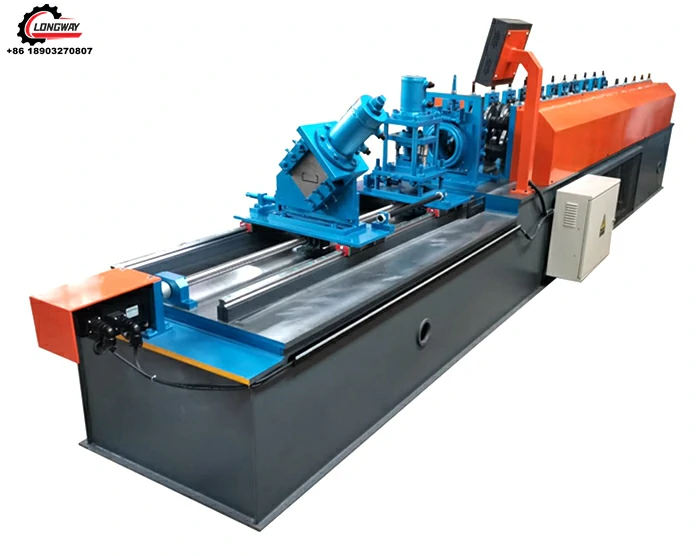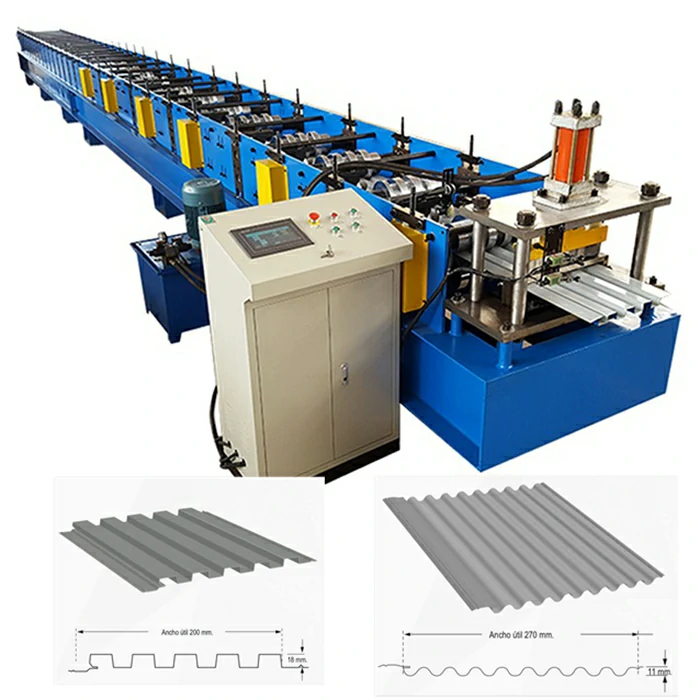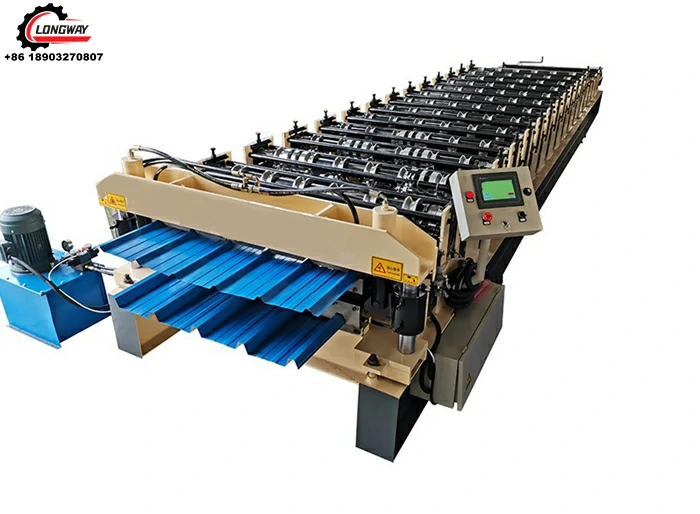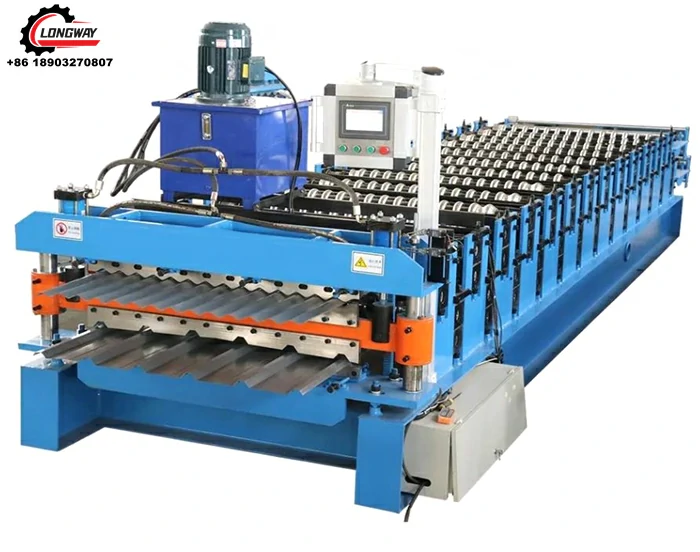Stud Making Machine: Essential Steel Framing Technology for Modern Construction
Understanding the Stud Making Machine: Why It Matters Globally
The stud making machine is one of those quietly essential pieces of modern construction equipment — not flashy, but absolutely indispensable if we want to build efficiently, sustainably, and at scale. Whether you’re erecting a skyscraper or putting together emergency shelters in remote areas, these machines help craft the backbone of steel framing with speed and precision.
Globally, the construction industry is booming, expected to reach over $12 trillion by 2030 according to the World Bank, with demand surging for fast, affordable, and quality building components. The stud making machine fits right in by automating production of steel studs — those lightweight frames holding up walls and ceilings — thus reducing manual labor, cutting waste, and speeding projects along.
With the UN emphasizing disaster-resilient infrastructure and sustainable building practices, there’s never been a better time to understand what these machines do, who benefits from them, and where innovations are heading. So, if you’re wondering why this industrial workhorse keeps popping up in industry news and product showcases, stick around — I’ll break it down.
A Quick Dive Into The Global Context Of Stud Making Machines
Construction accounts for roughly 13% of global GDP and nearly 40% of energy usage worldwide (source: International Energy Agency). Now imagine the energy, time, and resources saved by shifting to automated steel stud manufacturing instead of slow, less standardized methods.
In many emerging economies and disaster-affected regions, speedy housing solutions are vital. But manually producing framing parts is labor-intensive and inconsistent. Enter the stud making machine: a device often lauded for its reliability and ability to deliver uniform high-quality steel studs, even in remote or less-developed industrial zones.
That’s not to say the technology doesn’t face challenges — raw steel supply, initial investment costs, and maintenance remain hurdles. However, its contribution to building safer, affordable housing globally is steadily rising as manufacturers innovate and scale.
What Exactly Is A Stud Making Machine?
Simply put, a stud making machine is a roll forming and cutting system designed to produce steel studs for construction framing automatically. It takes flat steel coils, feeds them through a sequence of rollers that bend and form the steel into precise stud profiles, then cuts them to length as specified.
Think of it as a highly specialized metal origami robot that folds flat strips into lightweight vertical "bones" of a wall structure, delivering consistent, ready-to-use components. This is a critical link in modern lightweight steel construction, popular in commercial, residential, and industrial buildings.
The connection to humanitarian and industrial needs? Well, industrialized production matches today’s demand for rapid shelter construction in refugee camps or post-disaster zones, where traditional timber or brick methods simply can’t keep pace.
Core Features that Define Stud Making Machines
1. Precision and Profile Accuracy
The forming rollers must be finely engineered to produce exact stud shapes — typically C or U channels — to ensure seamless assembly on site. Many machines include PLC (Programmable Logic Control) systems for accuracy control and adjustments on the fly.
2. Durability and Material Compatibility
Most machines handle galvanized or cold-rolled steel coils from 0.4 mm up to about 1.2 mm thickness, striking a balance between strength and lightness. The robust frame and components made of hardened steel help withstand high-volume production.
3. Scalability and Automation
From single-shift production to fully automated lines with stacking and packaging, stud making machines allow manufacturers to scale output as demand grows. Automation reduces labor costs and errors, increasing throughput.
4. Energy Efficiency
Modern models often incorporate energy-saving motors and regeneration tech, aligning with rising sustainability goals in manufacturing processes.
Typical Product Specifications Of A Stud Making Machine
| Specification | Typical Range | Notes |
|---|---|---|
| Steel Thickness | 0.4 mm – 1.2 mm | Supports various steel grades |
| Stud Height | 50 mm – 300 mm | Customizable to project needs |
| Production Speed | Up to 40 m/min | Depends on automation level |
| Power Supply | 380 V / 50 Hz (standard) | Adjustable by region |
| Control System | PLC + HMI touchscreen | For precision and ease of use |
Mini takeaway: A stud making machine is a finely tuned, industrial device built for speed, precision, and the robust production of steel framing materials vital to modern construction worldwide.
Global Applications and Use Cases
The stud making machine isn’t just for high-rise contractors in New York or Dubai.
- Post-Disaster Relief: NGOs use prefabricated steel frameworks produced by these machines to erect shelters faster, safer, and more reliably than traditional timber walls.
- Emerging Market Construction: In Southeast Asia and Africa, where rapid urbanization demands affordable housing, these machines help local factories meet surging demand with cost-effective steel components.
- Industrial Buildings: For warehouses and factories, all over Europe, studs and tracks made by these machines form customizable, easy-to-assemble wall systems.
- Green Building Initiatives: Lightweight steel framing produced reduces deforestation, supports sustainable architecture, and enables easier recycling at end of building life.
Oddly enough, even smaller workshops in rural areas find ways to benefit, making specialized stud designs for regional needs or renovation projects using locally sourced steel coils.
Advantages And Long-Term Value of Using Stud Making Machines
The benefits are both practical and somewhat philosophical. On the practical side, production speed alone slashes project timelines — crucial when time equals money or safety.
Consistency in stud size and shape reduces errors during installation, resulting in stronger, safer buildings.
Environmentally, reduced waste due to optimized cutting and roll forming means less scrap. And many manufacturers now focus on energy-efficient systems, marrying economics with sustainability.
Beyond that, there’s a social impact: affordable homes mean dignity and safety for families worldwide. It’s not just a machine flipping steel — it’s part of an infrastructure of human progress.
Looking Ahead: Future Trends in Stud Making Machines
The pace of innovation here is surprisingly brisk. Some trends to watch include:
- Digital Integration: More machines are adopting IoT sensors and predictive maintenance apps — engineers can diagnose faults before breakdowns.
- Material Innovation: Use of galvanized and aluminum-steel composites for corrosion resistance, particularly in coastal or humid environments.
- Automation and AI: Systems capable of adjusting roll forming parameters mid-process to accommodate varying material batches or customized profiles.
- Green Energy Adoption: Solar-powered production lines in off-grid regions to ensure consistent operation sustainably.
It’s an exciting time if you’re a manufacturer or builder — the interplay between tech and traditional steelwork is redefining possibilities.
Challenges & Expert Solutions
No industrial process is without hiccups. Common challenges include:
- Variation in Steel Quality: Low-grade or inconsistent input coils can cause machine jams or product defects.
- High Initial Investment: Smaller construction firms find upfront costs a significant barrier.
- Maintenance Complexity: Skilled technicians are required to keep machines running smoothly — a problem in remote locations.
Many companies address these by offering modular, scalable machinery options, partnering with local engineers for on-site training, and implementing quality sourcing protocols to ensure input steel consistency.
Vendor Comparison: Choosing The Right Stud Making Machine Partner
| Vendor | Price Range (USD) | Automation Level | Warranty & Support | Special Features |
|---|---|---|---|---|
| LW Roll Forming Machine | $20,000 - $50,000 | Semi to Fully Automated | 24 Months + Remote Support | Custom Profiles, PLC Control |
| Xiongda Machinery | $15,000 - $40,000 | Semi-Automated | 18 Months + On-site Training | Fast Setup, Low Energy Use |
| Huarui Technology | $30,000 - $70,000 | Fully Automated | 36 Months + Global Support | AI Diagnostics, High Precision |
Frequently Asked Questions About Stud Making Machines
Q1: How do stud making machines speed up construction compared to traditional steel framing methods?
Stud making machines automate coil feeding, roll forming, and cutting in one continuous process, producing uniform studs rapidly. This cuts down manual labor and assembly errors, enabling builders to erect framed structures much faster than relying on custom-cut steel or timber studs.
Q2: Can these machines produce different stud sizes and profiles?
Absolutely. Most stud making machines offer adjustable rollers and cutting systems so manufacturers can customize stud heights, thicknesses, and shapes like C or U channels according to project specifications.
Q3: Are stud making machines suitable for small construction firms or only large manufacturers?
While upfront costs can be steep, many suppliers offer modular or semi-automated systems suitable for small to medium enterprises. This flexibility lets smaller firms increase production without huge capital investments.
Q4: How do I maintain a stud making machine to ensure longevity and precision?
Routine maintenance includes cleaning rollers, lubricating moving parts, checking the PLC system, and replacing wear components periodically. Operator training and scheduled inspections help prevent costly downtime.
Wrapping It Up: The Last Word On Stud Making Machines
In real terms, the stud making machine is much more than an industrial tool — it’s a cornerstone technology in modern construction, enabling faster delivery of stronger, safer buildings worldwide. From emergency shelters in faraway disaster zones to sustainable projects in booming urban centers, these machines quietly shape our built environment.
For companies looking to streamline production while embracing innovation and green priorities, investing in a stud making machine is a sensible step. Curious to explore options or see how the latest models stack up? Check out stud making machine suppliers for tailored solutions.
Mini takeaway: Understanding the stud making machine is understanding a vital piece of the construction puzzle — bridging the gap between engineering vision and everyday homes.
References
-
Corrugated iron roofing sheet making machine with CE, AutoNewsNov.17, 2025
-
3mm Steel C U Channel Roll Forming Machine, Heavy DutyNewsNov.17, 2025
-
Calamima Micro Ondulada corrugated roof sheet machine - CNCNewsNov.17, 2025
-
Metal Roofing Roll Former for Sale Companies - Fast, PreciseNewsNov.17, 2025
-
Drywall Steel L Angle Bar forming machine | Fast, PreciseNewsNov.17, 2025
-
Corrugated Iron Roofing Sheet Making Machine, Fast & DurableNewsNov.11, 2025
-
Corrugated Metal Roofing Machine | High-Speed, Precise, CENewsNov.11, 2025
